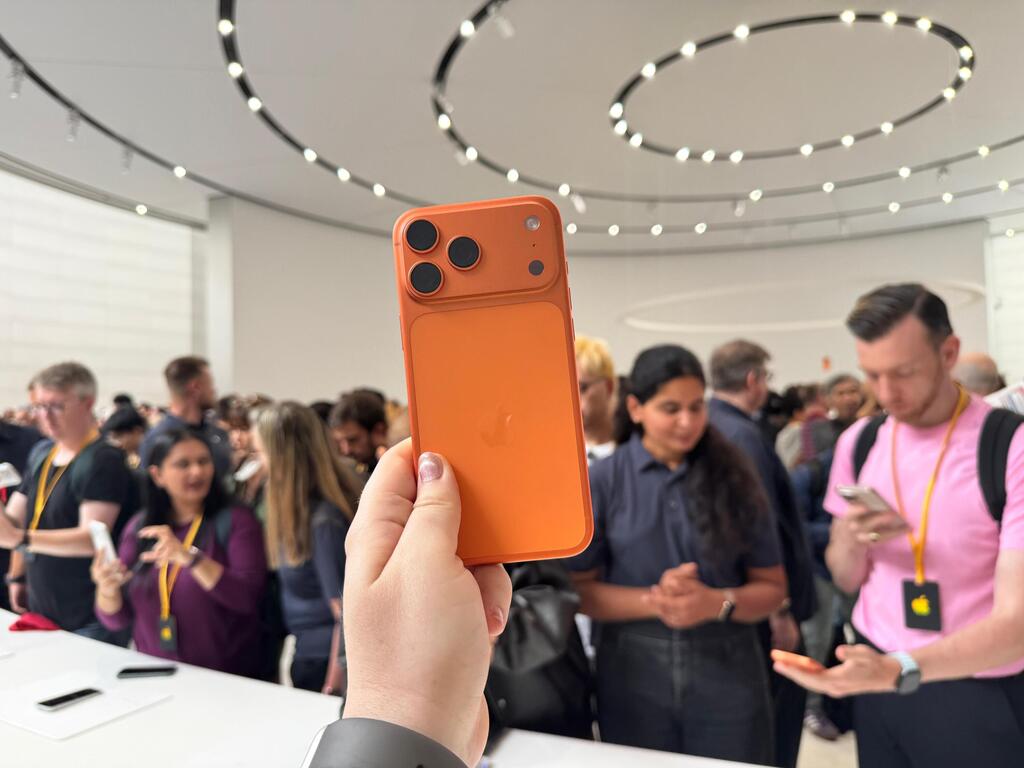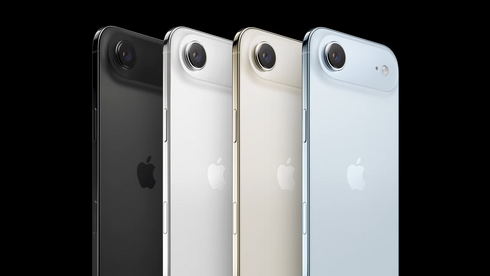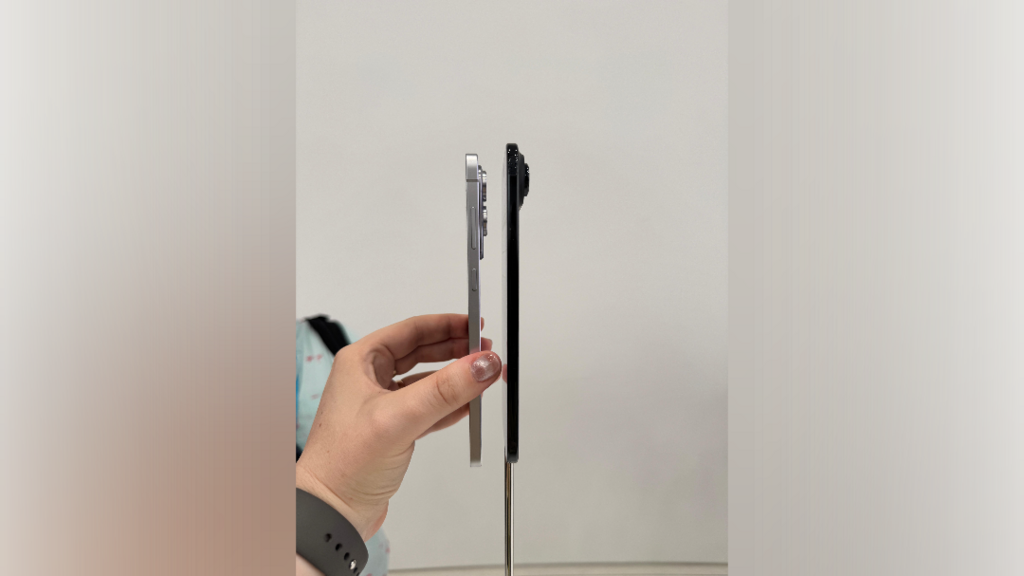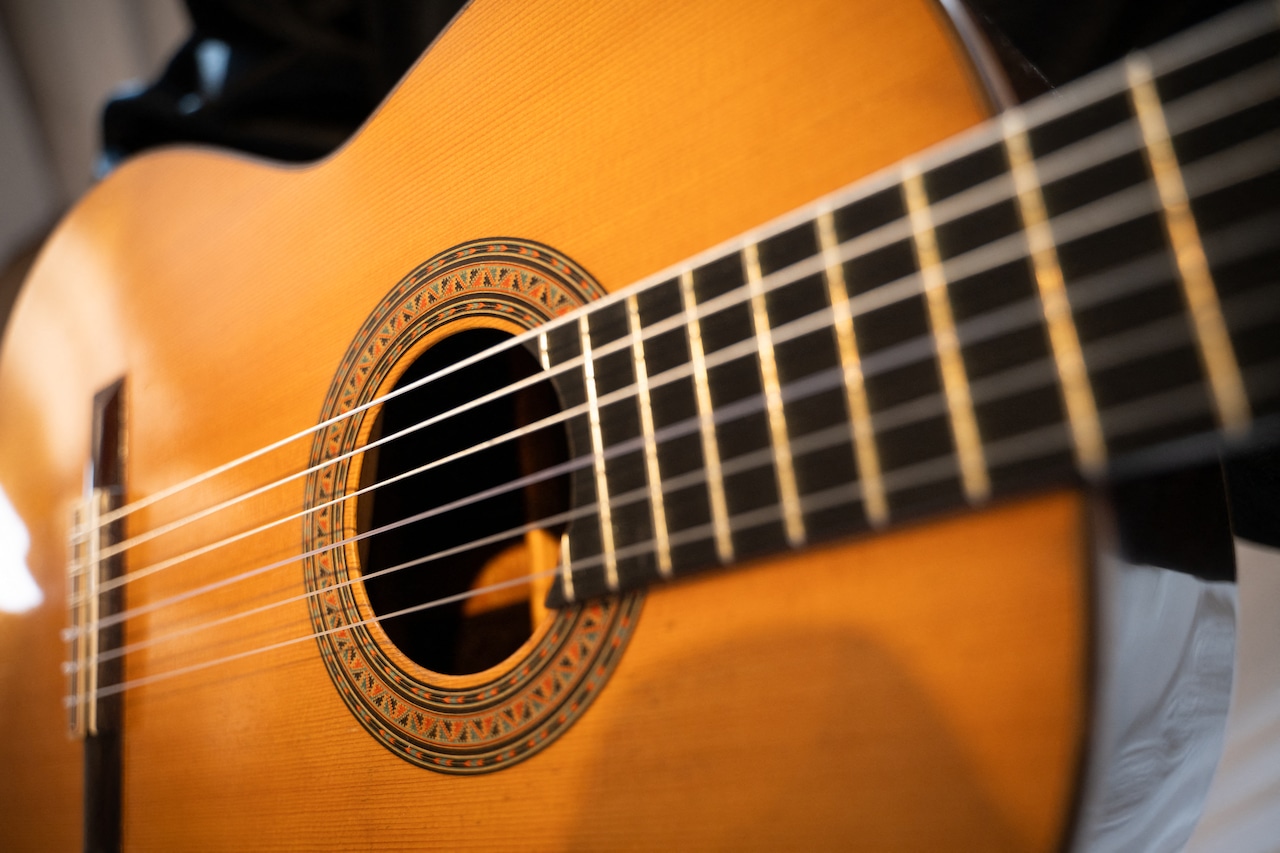Nikkei reports that Apple is reducing iPhone Air production to levels “bordering on end-of-life.” One supply chain manager said that by November, production orders would drop to less than 10% of September’s volume.
This comes just weeks after what initially appeared to be a successful launch in China. But the enthusiasm there has since faded, and in other markets, demand never materialized. A survey by KeyBanc Capital Markets found that interest in the iPhone Air is minimal — and more troubling for Apple’s future plans, potential customers also expressed “very limited willingness” to pay for foldable phones like those the company hopes to debut with the iPhone 18 series next year.
Earlier this week, Samsung announced the commercial failure of its Galaxy S25 Edge, a rival model rushed to market to beat the iPhone Air. With only 1.31 million units sold globally as of August, Samsung has scrapped plans for similar thin phones in 2026 and halted production entirely. The Galaxy S26 line will not include an ultra-slim model.
In recent weeks, reports have surfaced from around the world indicating that the iPhone Air has failed to catch on. TechRadar wrote that “it seems almost no one wants the iPhone Air,” citing its limited specs — a single rear camera, just one speaker, and weaker battery life compared to other iPhone 17 models — all at a higher price point than the standard iPhone 17, and only slightly cheaper than the iPhone 17 Pro, which has triple cameras.
3 View gallery


iPhone 17 Pro Max; the Pro models, on the other hand, are breaking sales records
(Photo: Daniela Ginzburg)
As a result, iPhone Air stock is expected to shrink by over 80% between now and Q1 2026. Apple has stumbled before with unconventional designs — such as the iPhone Mini (5.4”), which debuted in 2020 but was discontinued in 2023 due to weak sales. The iPhone 14 Plus, launched in 2022, also suffered from low demand and was ultimately phased out.
This latest setback may force Apple to reconsider the viability of its first foldable phone, which is currently slated to launch as part of the iPhone 18 lineup next year.
First Appeared on
Source link














